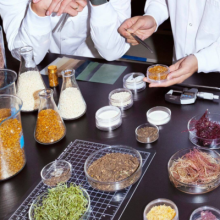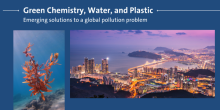Fast Pyrolysis of Cocoa Bean Shell
The increasing demand for sustainable waste utilization has led to a growing interest in cocoa shell as a valuable biomass resource. This study investigates the pyrolysis of cocoa shell, both untreated and acid-washed, at temperatures of 300, 400, and 500 °C to extract valuable compounds. Utilizing nitrogen as the pyrolysis atmosphere, we aimed to optimize conditions for the production of bio-oil enriched in valuable compounds.


